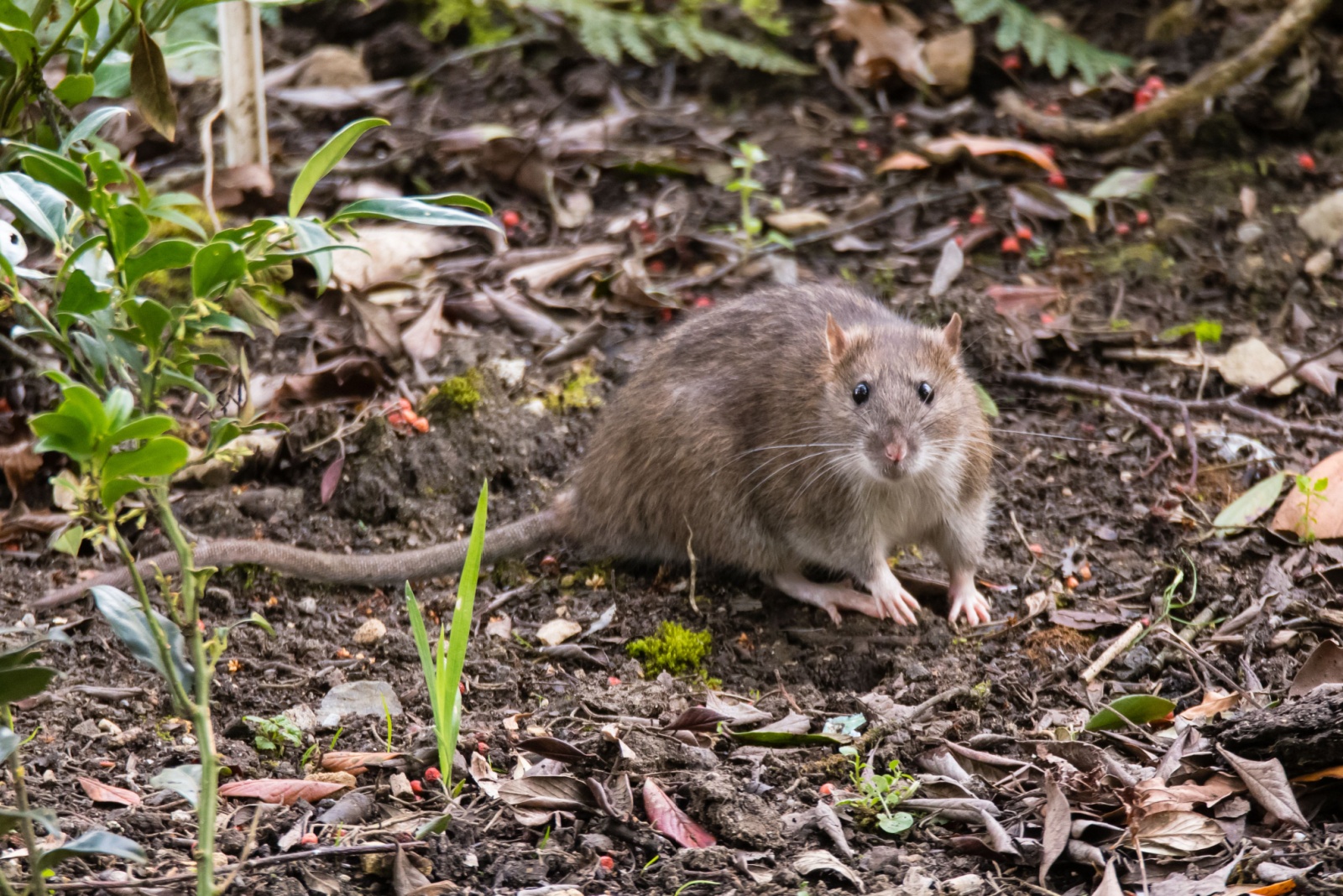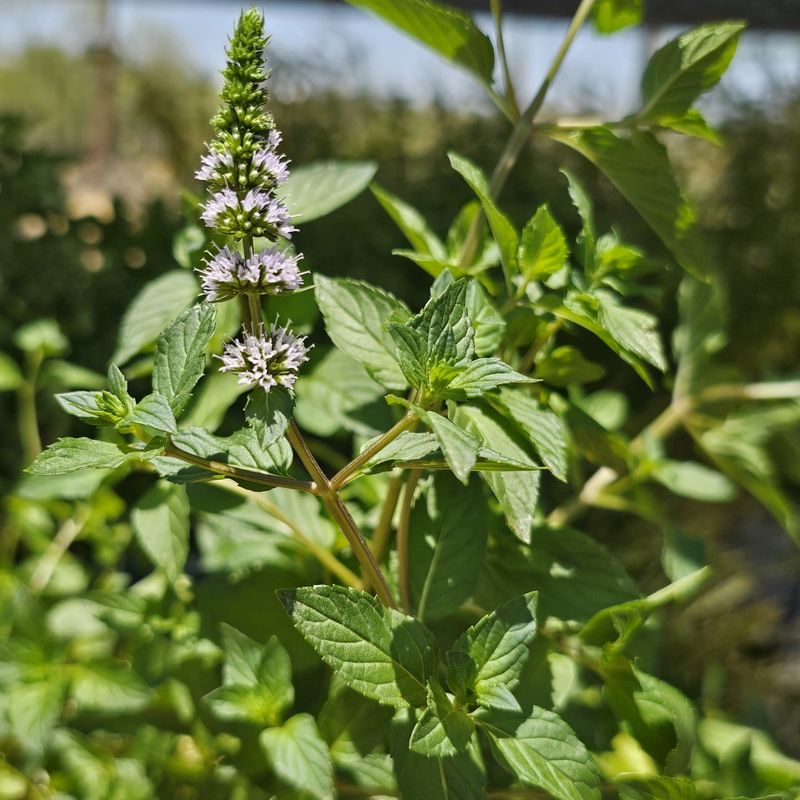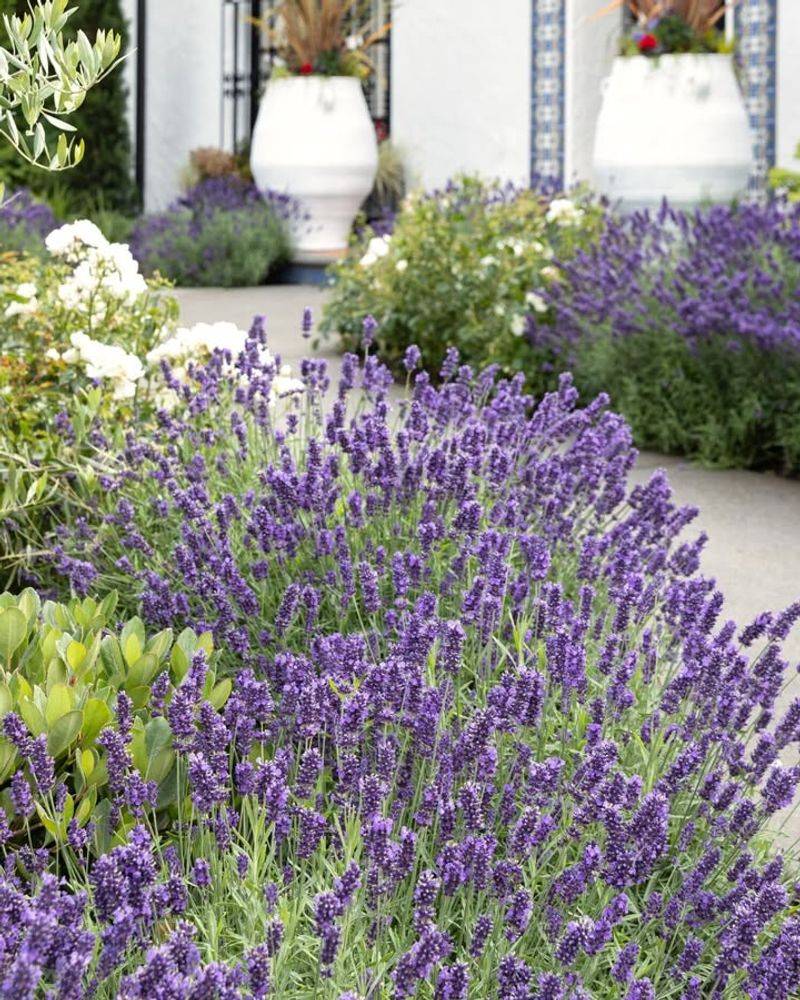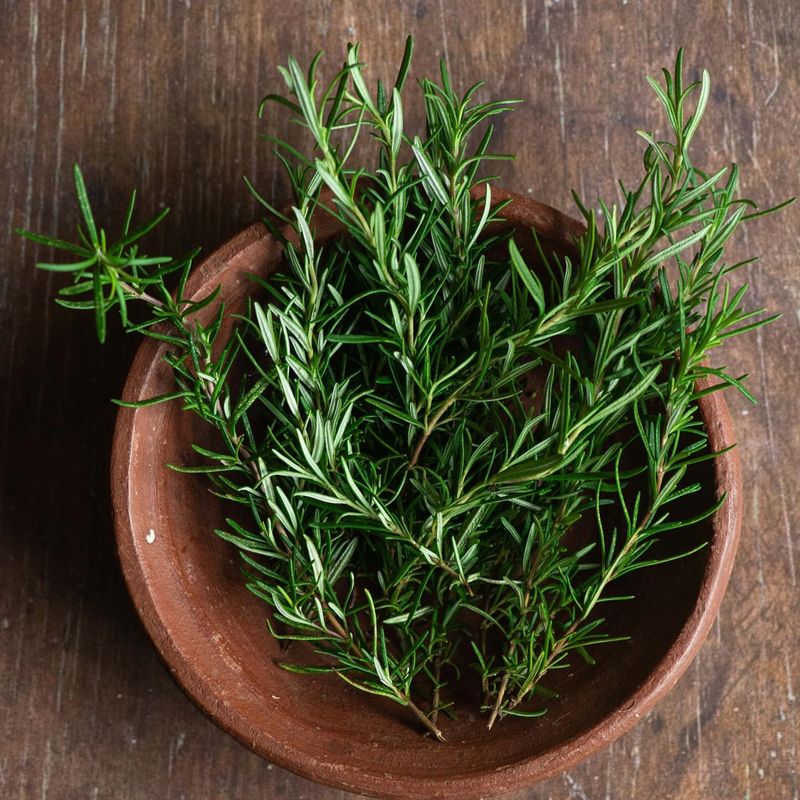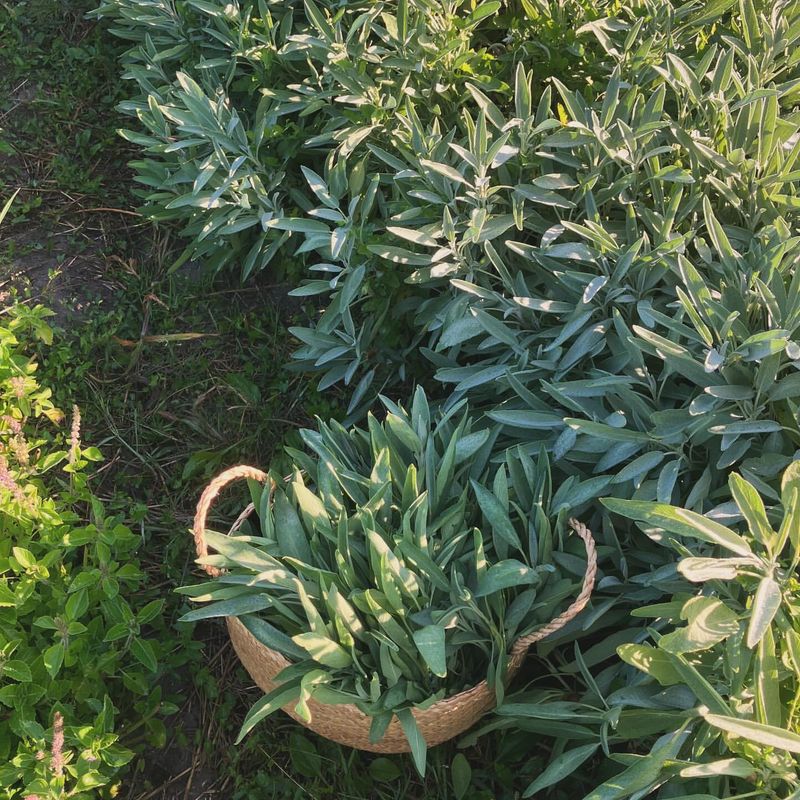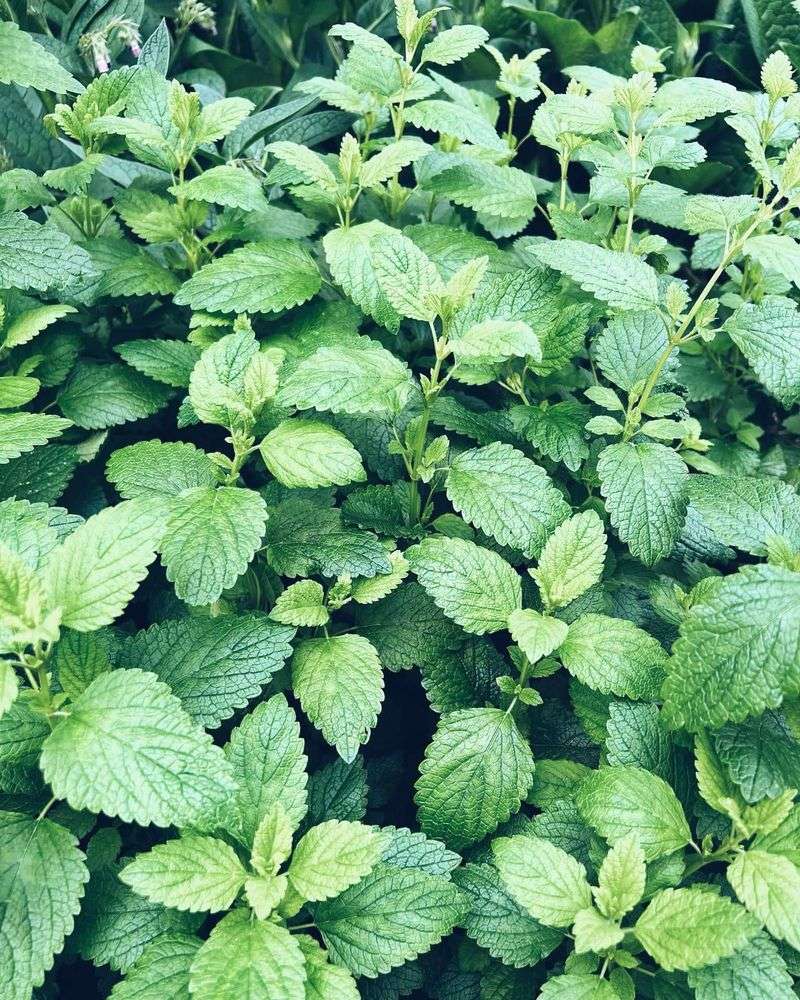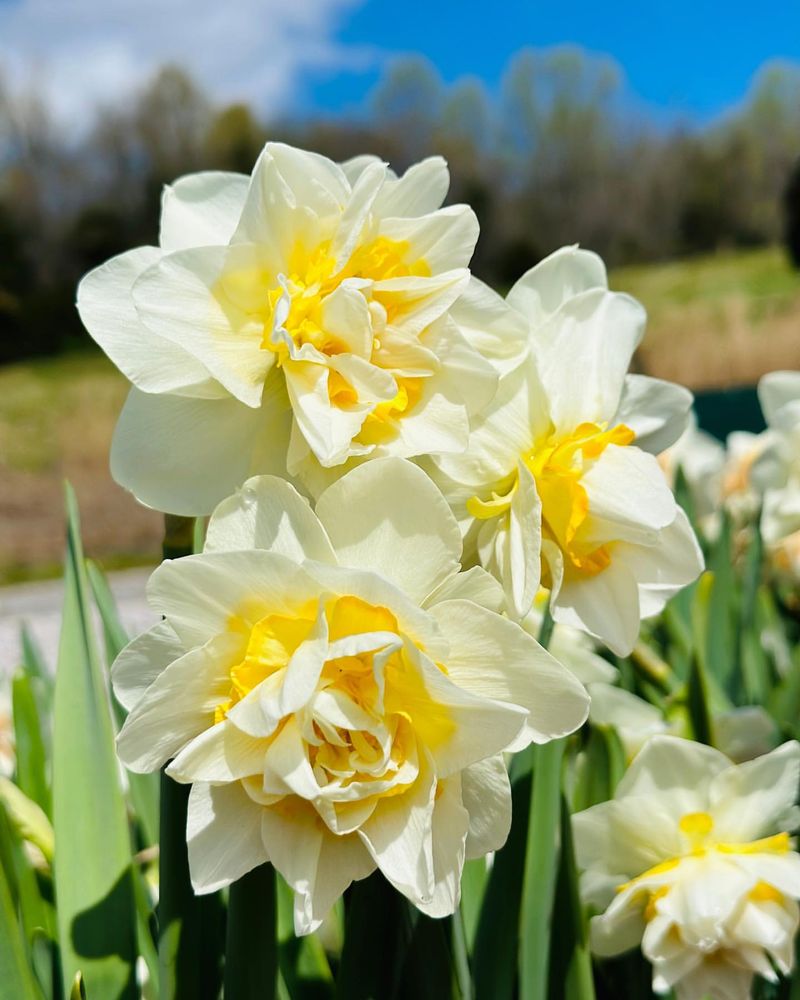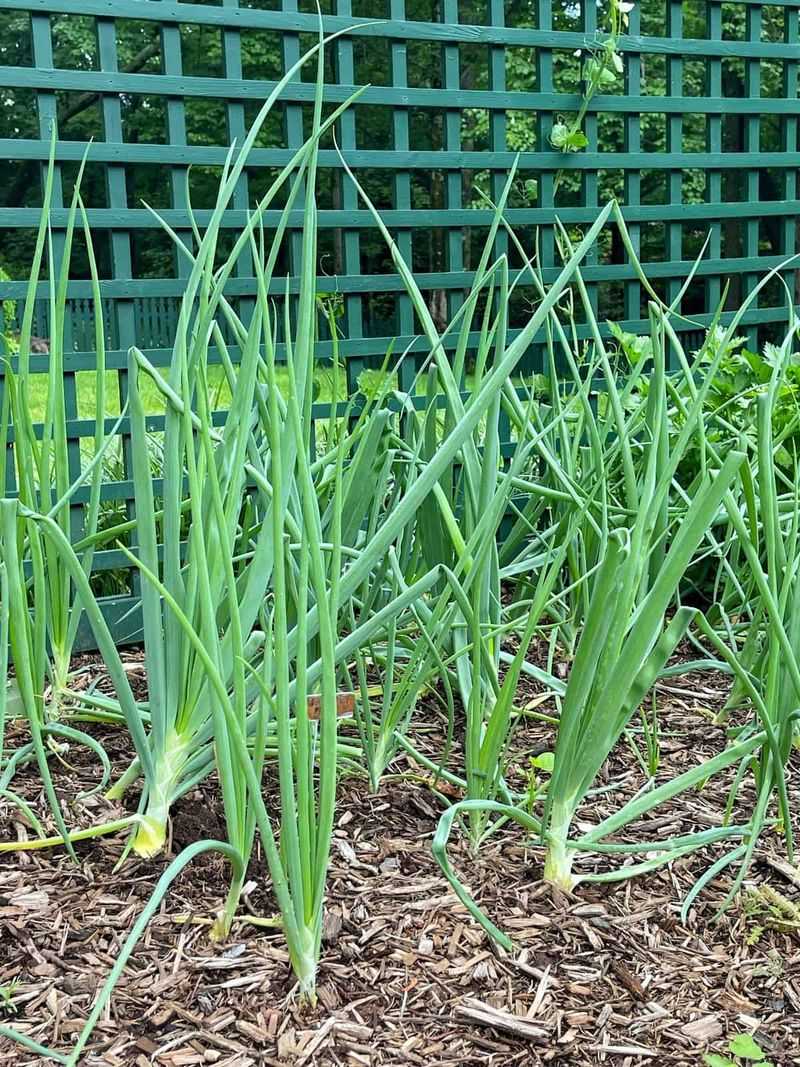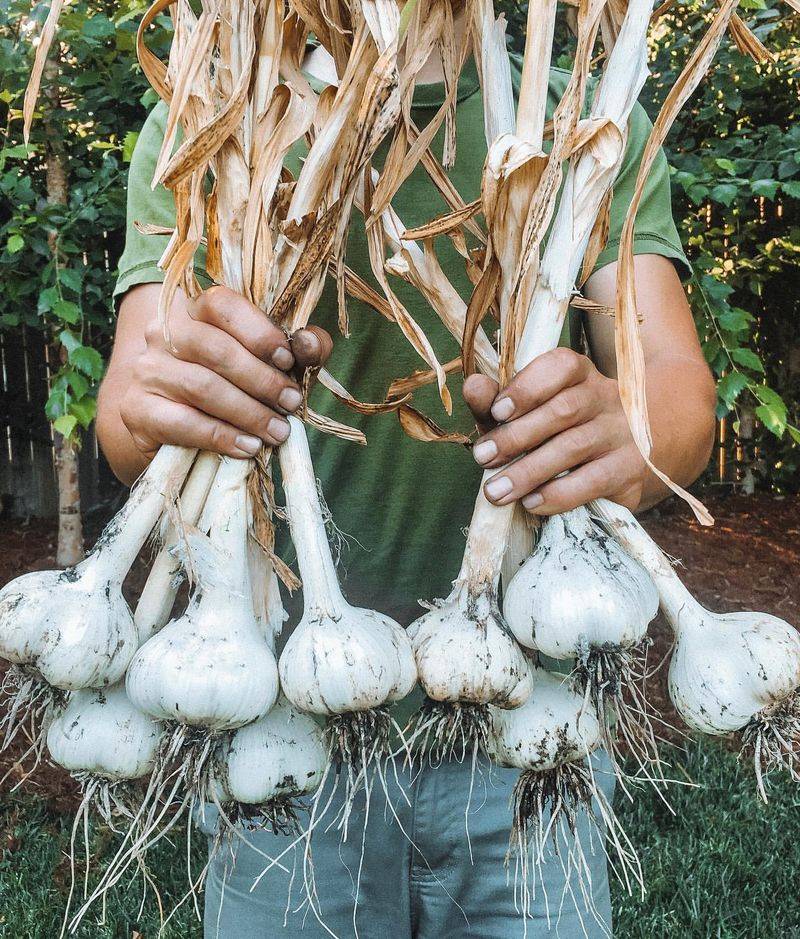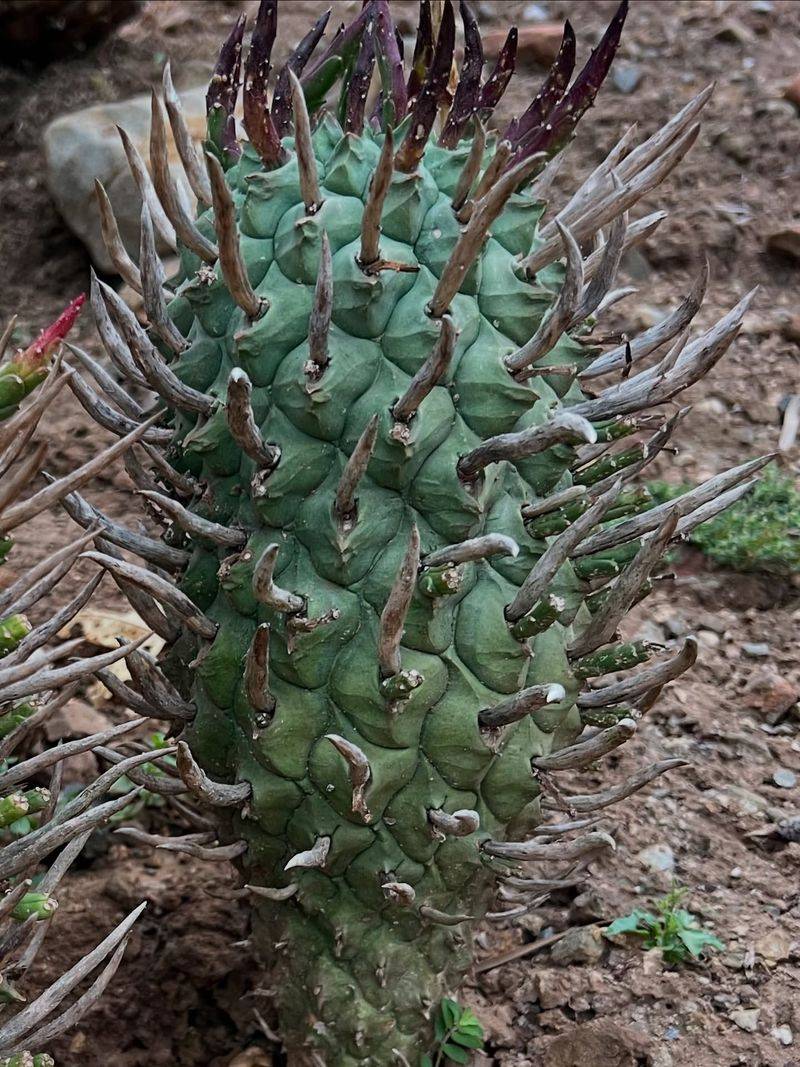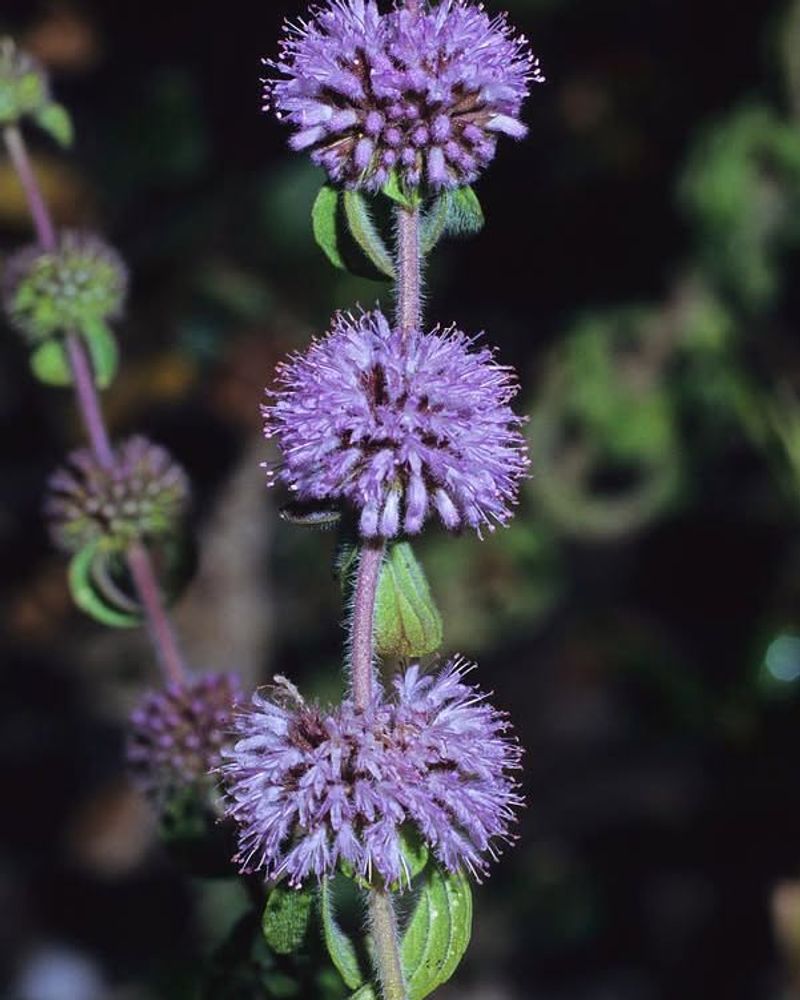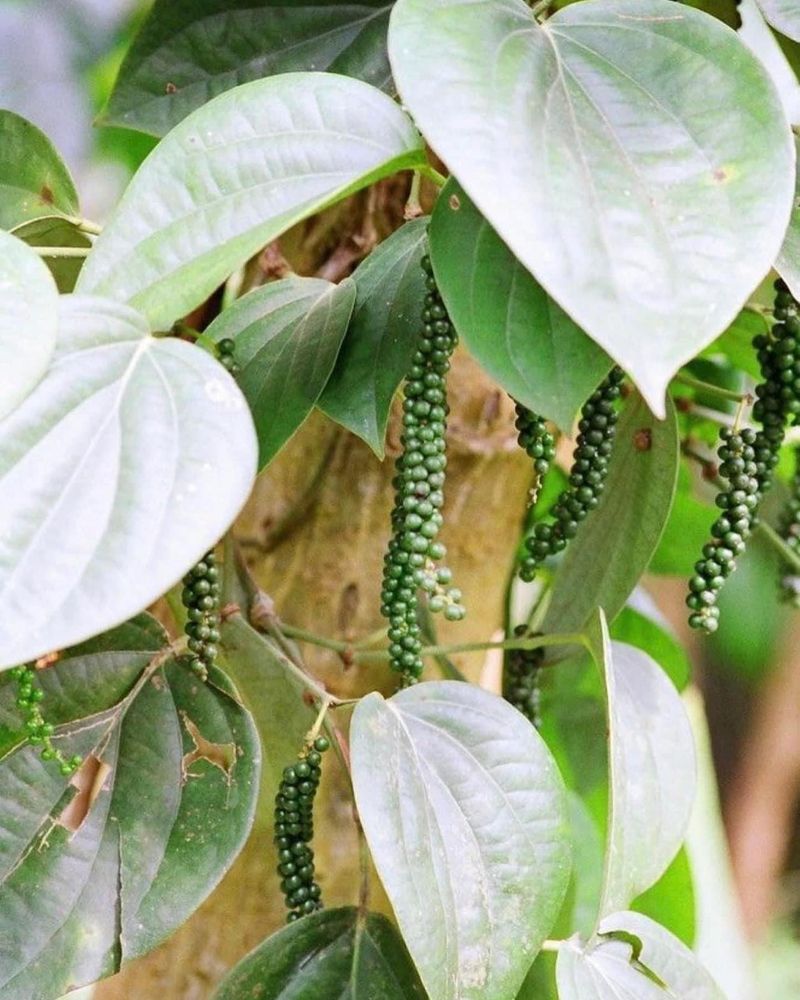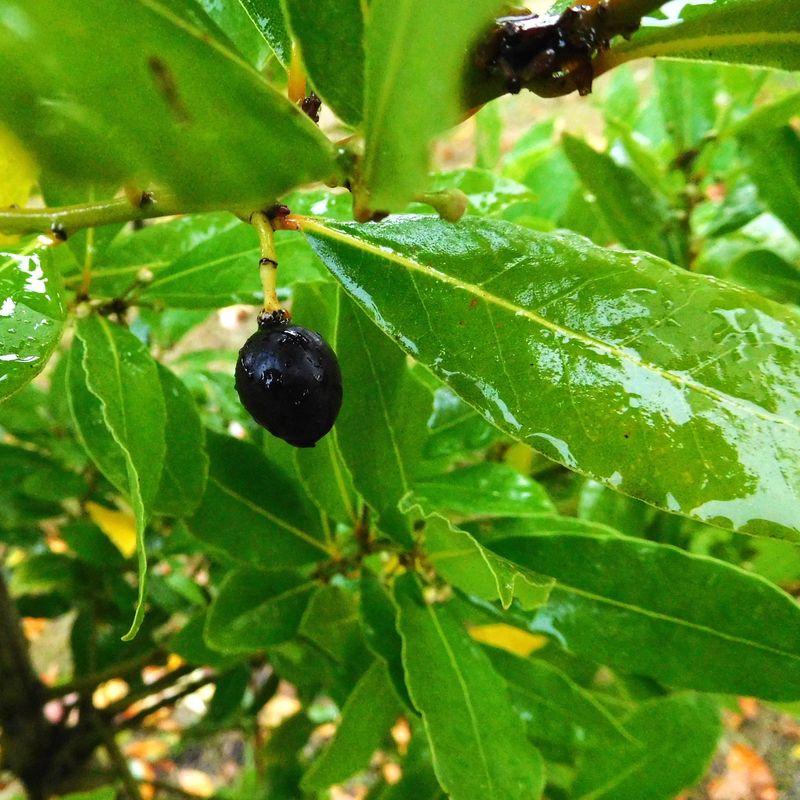Dealing with rats in California can be a real headache for homeowners. Instead of using harmful chemicals, many Californians are turning to nature’s own pest control: plants that rats absolutely hate.
These green defenders use their strong scents and natural compounds to create an invisible barrier that keeps rodents from invading your property.
1. Mint: The Refreshing Rodent Repellent
Rats can’t stand the powerful aroma of mint plants. The strong menthol scent overwhelms their sensitive noses, making your garden an uncomfortable place for them to visit.
Growing mint in pots around entry points or along garden borders creates a natural barrier. As an added bonus, you’ll have fresh mint for cooking and tea!
2. Lavender: Beautiful Blooms That Banish Pests
Nothing says California garden quite like lavender with its purple blooms and calming fragrance. What brings peace to humans creates panic for rats, as they find the strong floral scent completely overwhelming.
Plant lavender bushes along pathways or near potential entry points. The Mediterranean native thrives in California’s climate with minimal water once established.
3. Rosemary: The Culinary Herb With Secret Powers
Rosemary’s woody, pine-like fragrance may enhance your roasted potatoes, but it sends rats running in the opposite direction. The aromatic oils that make this herb a kitchen favorite act as a natural deterrent to rodents.
Growing well in California’s dry climate, rosemary forms beautiful drought-resistant hedges. Plant it near decks, patios, or along your home’s foundation to create a rat-resistant boundary.
4. Sage: Ancient Wisdom For Modern Pest Problems
Native California white sage has been used by indigenous peoples for centuries in cleansing rituals. The strong, earthy aroma that makes it special for ceremonies also makes it unbearable for rats.
Hardy and drought-tolerant, sage thrives in sunny California gardens with minimal care. Its silvery-green leaves add beautiful texture to your landscape while quietly working as a natural pest management solution.
5. Lemon Balm: Citrus-Scented Shield
Belonging to the mint family, lemon balm packs a double punch against rodents. Its citrusy scent combined with mint undertones creates an aromatic barrier rats avoid crossing.
Lemon balm grows easily in partial shade, making it perfect for those tricky spots along fences or between buildings. Crush a leaf between your fingers to release its refreshing lemony scent – something you’ll enjoy but rats will flee from.
6. Daffodils: Spring Bulbs With Secret Weapons
Beyond their cheerful yellow blooms that brighten California gardens each spring, daffodils harbor a secret weapon: toxic alkaloids. Rats instinctively avoid these compounds, making daffodils a beautiful but effective deterrent.
Plant daffodil bulbs in fall around the perimeter of your property or near potential entry points. They’ll multiply year after year, creating an expanding zone of protection that requires almost no maintenance.
7. Onions: Underground Allies Against Unwanted Guests
The pungent aroma that makes you tear up when chopping onions works wonders against rats too. Their sensitive noses can’t tolerate the strong sulfur compounds released by onion plants.
Grow onions along garden borders or interspersed with other vegetables. California’s climate allows for winter planting in many regions, giving you year-round protection while providing fresh produce for your kitchen.
8. Garlic: Vampire Tales Aside, Rats Hate It Too
Garlic isn’t just for keeping vampires at bay – rats can’t stand it either! The strong sulfur compounds that give garlic its distinctive smell overwhelm rodents’ sensitive noses.
Fall-planted garlic thrives throughout California’s mild winter, developing strong scents by spring when rat activity often increases. Plant cloves around foundations, near compost bins, or anywhere you’ve spotted rodent activity.
9. Euphorbia: The Spiky Defender
With their unusual shapes and milky sap, euphorbia plants create both physical and chemical barriers against rats. Many varieties thrive in California’s climate, requiring little water once established.
The caustic sap irritates rodents’ sensitive paws and noses if they try to cross through these plants. Place euphorbias strategically near potential entry points or along fences where rats might try to climb.
10. Pennyroyal: Tiny Leaves With Mighty Power
Don’t let pennyroyal’s small stature fool you – this mint family member packs a powerful punch against rodents. The intense minty scent, much stronger than regular mint, creates an invisible barrier rats won’t cross.
Pennyroyal grows well in California’s coastal areas and can spread quickly. Plant it in containers near doorways, under decks, or along foundations where rats might seek entry.
11. Black Pepper Plant: Spicy Solution To Rodent Problems
While challenging to grow outside tropical zones, black pepper plants in containers can thrive on California patios during warm months. The spicy scent from their leaves naturally repels rats and other rodents.
Move potted pepper plants near entry points or problem areas during summer. During winter in cooler regions, bring them indoors near doorways where rats might try to enter seeking warmth.
12. California Bay Laurel: Native Solution For Native Problems
This indigenous tree contains strong aromatic compounds that local rats have learned to avoid over countless generations. The distinctive fragrance from crushed bay leaves creates a natural boundary rats won’t cross.
Plant California bay as a specimen tree or trimmed hedge in larger landscapes. For smaller spaces, grow it in containers and place cuttings strategically. Using native plants like bay laurel supports local ecosystems while solving pest problems naturally.

